The Kids Aren't Alright

For roughly the last decade, we’ve heard the motoring media bemoan Millennials as the generation that snubbed driving. Their inability to find and hold jobs that paid as well as their parents’ did at the same stages of life, combined with elevated costs of living and crippling student debt load, negatively impacted their purchasing power. Still, this generation might be just the tip of an iceberg the industry’s about to careen into.
As it turns out, Generation Z might even be less interested in cars. In addition to facing similar financial constraints as their older peers, most of them aren’t even bothering to get a driver’s license.
According to a recent report from The Wall Street Journal, Gen Z is substantially less likely to procure the necessary motoring credentials once they’re eligible:
The percentage of teens with a driver’s license has tumbled in the last few decades and more young people are delaying purchasing their first car — if buying one at all, say analysts, generational experts and car industry executives. About a quarter of 16-year-olds had a driver’s license in 2017, a sharp decline from nearly half in 1983, according to an analysis of licensing data by transportation researcher Michael Sivak.
While we feel that the trend of placing broad behavioral labels on various generations is played out and often incorrect — don’t forget analysts had to invent the term “Xennial” to describe individuals bridging the gap between Generation X and Millennials, as they didn’t fit into either camp — following specific generational trends can be useful.
Generation Z, like those born before 1996, have already been accused of being far less like to engage in “adult activities” like driving, drinking, dating, or even having jobs compared to older groups at the same stage of life. Researchers at San Diego State University finalized a series of studies in 2017 that tabulated data from 8.3 million 13- to 19-year-olds between 1976 and 2016 about how they spent their time. Called The Decline in Adult Activities Among U.S. Adolescents, 1976-2016, the study tracks the perceived maturation of young adults since Gen X. The findings suggested that Generation Z has adopted “a slow life strategy.”
Ouch. We know they aren’t trying to make it sound like an insult but… that really sounds like an insult.
For car manufacturers, that means a smaller population interested in driving. While undoubtedly bad for sales, we suppose it could help encourage use of ride-hailing services and autonomous vehicles. But the first of these kids will likely reach adulthood at least a decade before those programs are ready for prime time.
While cost is undoubtedly a factor (the average transaction price for a new vehicle sits around $35,000), additional research claims the internet provides teens with all the escapism they need. Driving over to your friends house for a party is less necessary when everyone can communicate remotely. Helicopter parents who likely had fewer children than their own, and much later in life, are also less likely to go for that. The Wall Street Journal also notes that many public schools had abandoned driver’s education programs, forcing teens (or their parents) to pay out of pocket for training.
The outlet suggested that Generation Z is also more budget-conscious, due to its growing up amid the Great Recession. However, this reasoning feels flawed, as this element is no different for many or most Millennials or Xennials — who were hunting for their first jobs, finishing school, and coping with ludicrously high student loan payments during the financial crisis while much of Gen Z was still in diapers.
It’s difficult to pinpoint the cause of these trends with 100 percent accuracy, but their impact appears much easier to predict. J.D. Power estimates that Gen Zers will purchase about 120,000 fewer new vehicles this year compared to millennials in 2004, when that crowd was just getting into driving. That’s 488,198 vehicles versus 607,329 fifteen years ago. It looks as though Generation Z will be a lot like the Millennials, only more so.
[Image: Irina Papoyan/Shutterstock]

A staunch consumer advocate tracking industry trends and regulation. Before joining TTAC, Matt spent a decade working for marketing and research firms based in NYC. Clients included several of the world’s largest automakers, global tire brands, and aftermarket part suppliers. Dissatisfied with the corporate world and resentful of having to wear suits everyday, he pivoted to writing about cars. Since then, that man has become an ardent supporter of the right-to-repair movement, been interviewed on the auto industry by national radio broadcasts, driven more rental cars than anyone ever should, participated in amateur rallying events, and received the requisite minimum training as sanctioned by the SCCA. Handy with a wrench, Matt grew up surrounded by Detroit auto workers and managed to get a pizza delivery job before he was legally eligible. He later found himself driving box trucks through Manhattan, guaranteeing future sympathy for actual truckers. He continues to conduct research pertaining to the automotive sector as an independent contractor and has since moved back to his native Michigan, closer to where the cars are born. A contrarian, Matt claims to prefer understeer — stating that front and all-wheel drive vehicles cater best to his driving style.
More by Matt Posky
Latest Car Reviews
Read moreLatest Product Reviews
Read moreRecent Comments
- 28-Cars-Later Say it ain't so, so reboot #6* isn't going to change anything?[list=1][*]V4-6-8 and High "Tech" 4100.[/*][*]Front wheel drive sooooo modern.[/*][*]NOrthSTARt.[/*][*]Catera wooooo.[/*][*]ATS all the things.[/*][*]We're *are* your daddy's Tesla. [/*][/list=1]
- MaintenanceCosts Can I have the hybrid powertrains and packaging of the RAV4 Hybrid or Prime with the interior materials, design, and build quality of the Mazda?
- ToolGuy I have 2 podcasts to listen to before commenting, stop rushing my homework.
- ToolGuy Please allow me to listen to the podcast before commenting. (This is the way my mind works, please forgive me.)
- ToolGuy My ancient sedan (19 years lol) matches the turbo Mazda 0-60 (on paper) while delivering better highway fuel economy, so let's just say I don't see a compelling reason to 'upgrade' and by the way HOW HAVE ICE POWERTRAIN ENGINEERS BEEN SPENDING THEIR TIME never mind I think I know. 😉



















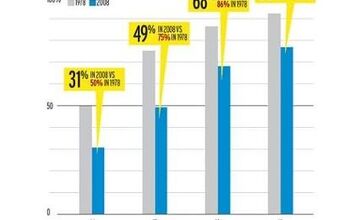
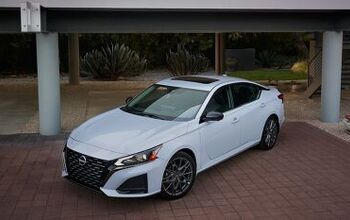
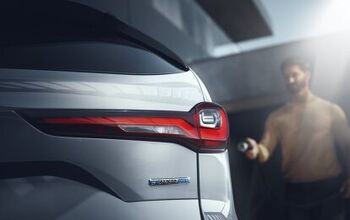
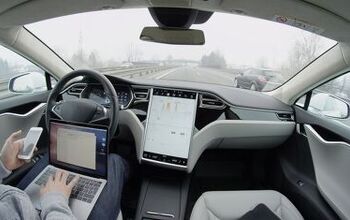
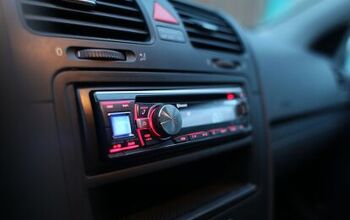
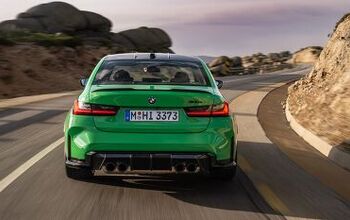
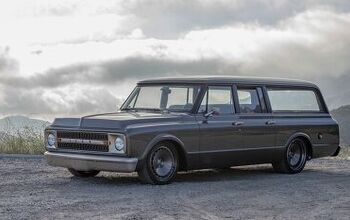


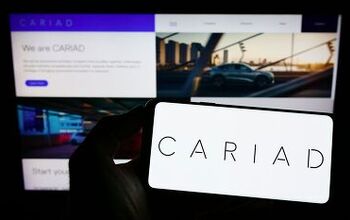

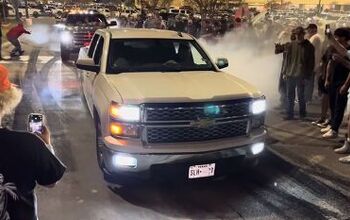
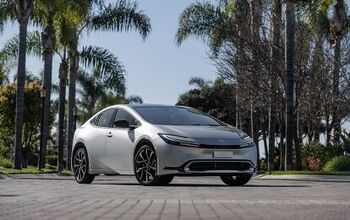
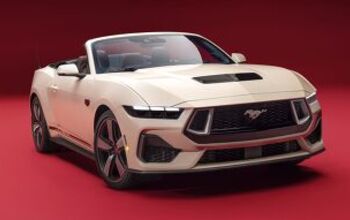
Comments
Join the conversation
A lot of the lack of driving falls squarely on the parents, not the teen. Driving school costs $800 +-, most 15.5 year olds lack that kind of dough in all reality, if mom and dad don't have it either then their you go. Couple that with the grotesque helicoptering that goes on, some of these moms today won't let their kid drive when he is 21 let alone 16. It is really sad. My wife teaches 7th grade and sadly shares the cases of extreme insecurity, hyper tension, anxiety a lot of kids have today and my wife feels that most of it can be traced back to the parents. Let the kids live there own life, including failures. The learn resilience. Now, back to the topic at hand. My 15 year old got his learners permit the day after he finished his required driving with instructor time, took drivers ed (class room, not driving) the month before he was turning 15 so he could get his permit has soon as possible. He drives quite a bit with me as he does a decent job and I feel it is my duty to teach him. We are working on the clutch, unfortunately the vette' really is not not the best car to learn clutch on. A Honda, Subaru, or any other 4 mil Econo car would work better but we are using the resources that we have. I would be careful painting the current generation with broad strokes. We see a lot of hard working, well behaved young me and women trapsing through our house. Yes they have smart phones, but you know what? They are way smarter than we were at 15 or 16, that I assure you. I think we are in good hands.
I am telling you the truth: Generation Z will be the last generation. We run out of letters. The future is bleak. I see catastrophe coming that will wipe us all off the face of Earth unless we ACT NOW! Spread the news across the land and just do the best you can, all we've got is just the land; take a stand, save the land.